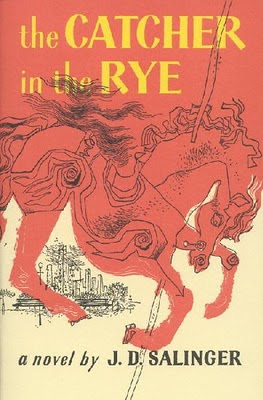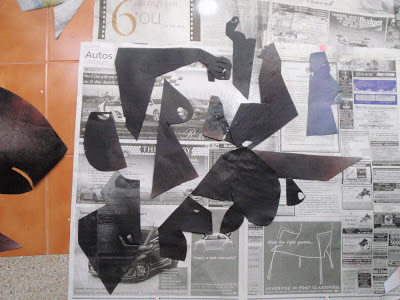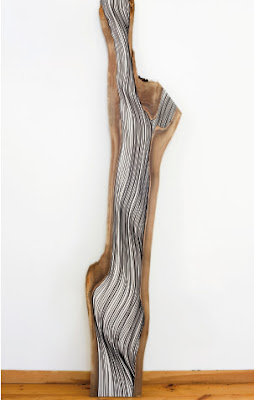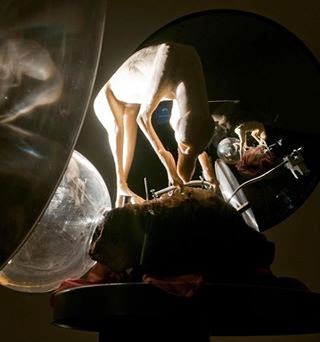BEAUTY IN THE VORTEX : THE PAINTINGS OF CARTER HODGKIN
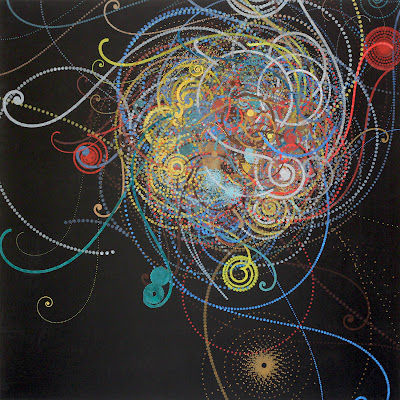
The nature of abstraction is that it diverges from a representation of the natural world in order to achieve its aims. It may begin with the real—with what we accept as a real object, event, or fact, and then break down into constituent parts that in themselves hold as much realistic value as the quarks that make up all matter, but for whom we can ascribe no specific appearance. The distance between an object and its portrayal in art is a degree of abstraction, and likewise the distance between knowledge and experience is also abstraction. In the new series of paintings by Carter Hodgkin, we are presented with an abstract aesthetic borrowed from a sphere of encounter not belonging to everyday life. Hodgkin likes to mine real localities that result in forms that she can pick depending upon their rate of natural occurrence, their material state, and their usefulness to us as facts. Hodgkin refers to the designs in her paintings as referencing “cosmic collisions,” in which a lo...
